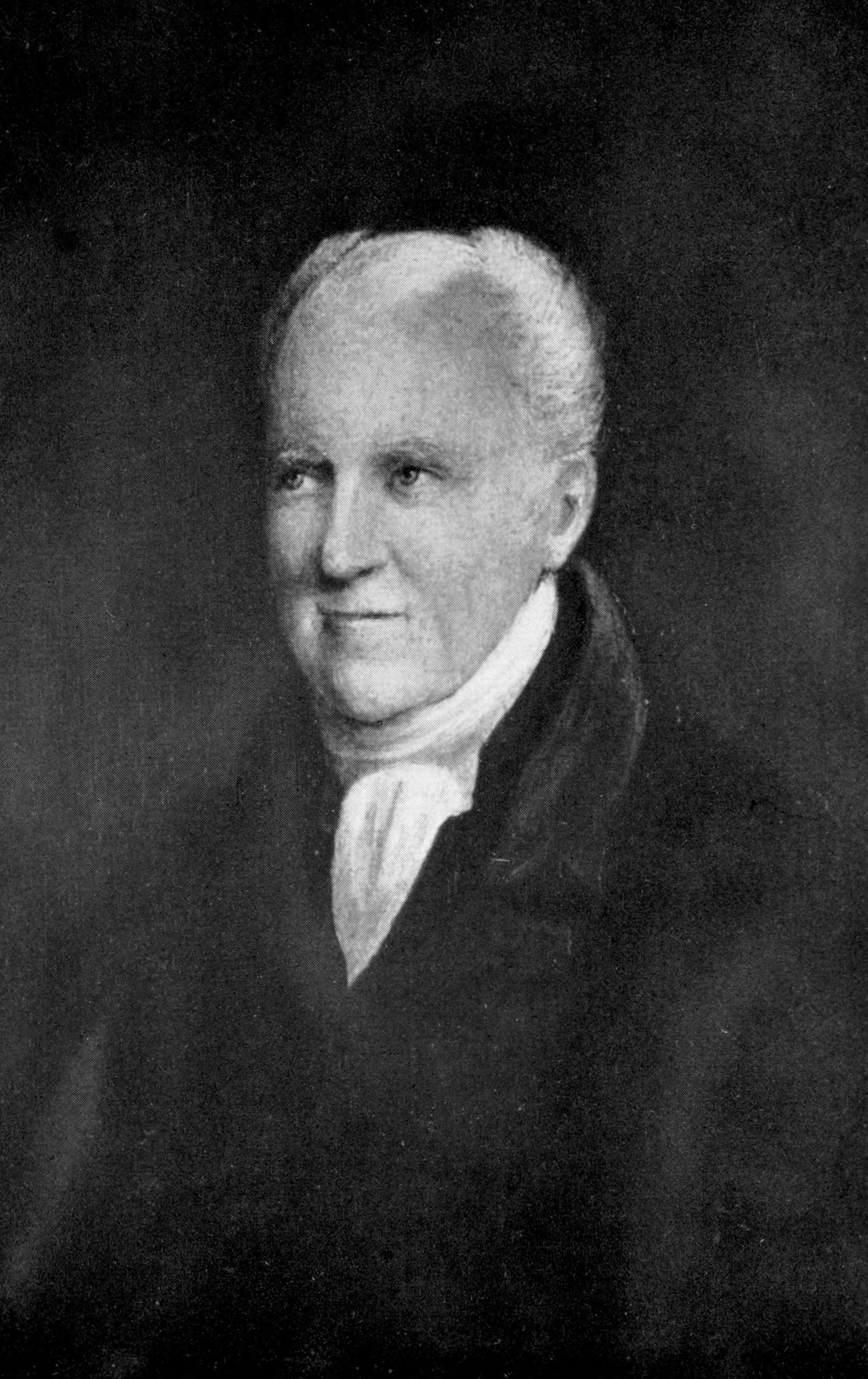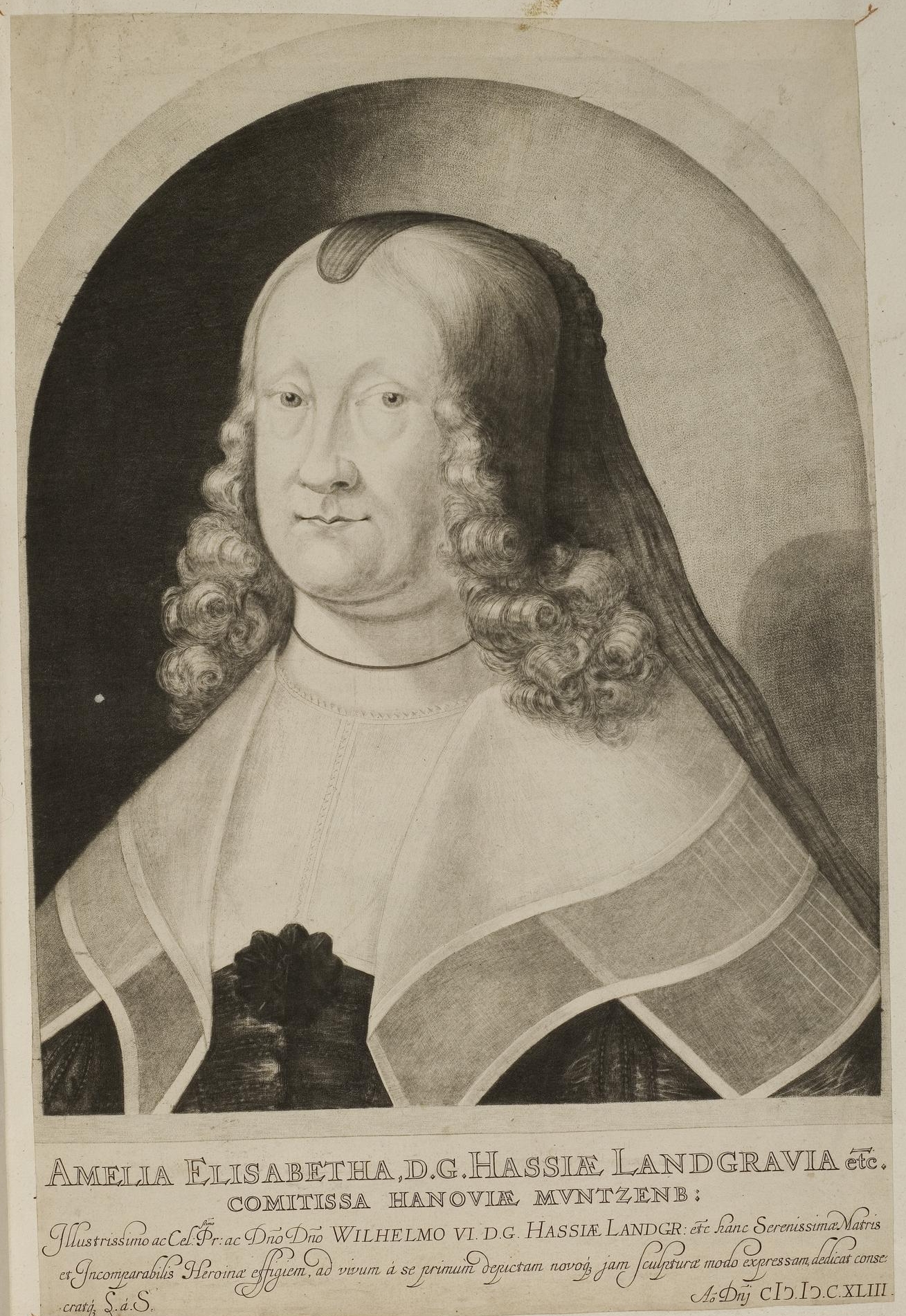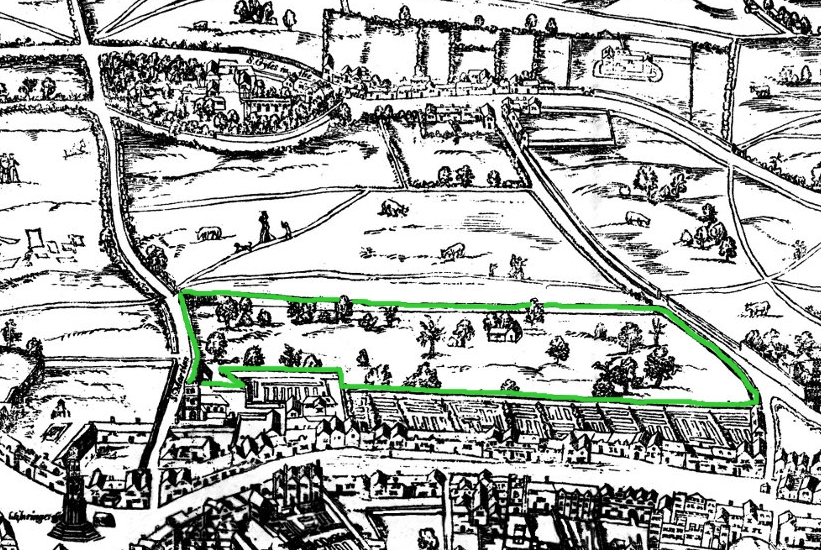|
Sarah Setchell
Sarah Setchel (1803–1894) was an English water-colour painter. Life She was the daughter of John Frederick Setchel, a bookseller in King Street, Covent Garden, London. After leaving school, she took up drawing, self-taught, studying at the British Museum and the National Gallery, and took lessons in miniature-painting from Louisa Sharpe. Setchel died at Sudbury, near Harrow, Middlesex, on 8 January 1894, aged 80. Works ''Fanny'', Setchel's first exhibited work, appeared at the Royal Academy in 1831, and she continued to exhibit there and at the Society of British Artists until 1840, when she sent to the Society ''A Scene from Howitt's Rural Life of England''. She was elected in 1841 a member of the New Society of Painters in Water-colours, and in the following year contributed to its exhibition ''A Scene from "Smugglers and Poachers" in Crabbe's Tales of the Hall'', representing a prison interior where a young man whose life is in jeopardy is visited by his betrothed. It bec ... [...More Info...] [...Related Items...] OR: [Wikipedia] [Google] [Baidu] |
Water-colour
Watercolor (American English) or watercolour (British English; see spelling differences), also ''aquarelle'' (; from Italian diminutive of Latin ''aqua'' "water"), is a painting method”Watercolor may be as old as art itself, going back to the Stone Age when early ancestors combined earth and charcoal with water to create the first wet-on-dry picture on a cave wall." London, Vladimir. The Book on Watercolor (p. 19). in which the paints are made of pigments suspended in a water-based solution. ''Watercolor'' refers to both the medium and the resulting artwork. Aquarelles painted with water-soluble colored ink instead of modern water colors are called ''aquarellum atramento'' (Latin for "aquarelle made with ink") by experts. However, this term has now tended to pass out of use. The conventional and most common ''support''—material to which the paint is applied—for watercolor paintings is watercolor paper. Other supports or substrates include stone, ivory, silk, reed, papyru ... [...More Info...] [...Related Items...] OR: [Wikipedia] [Google] [Baidu] |
Samuel Bellin
Samuel Bellin (London 13 May 1799 – 29 April 1893 London) was a British printmaker. He was the son of John Bellin of Chigwell, Essex, and born at Doctors' Commons in London. He trained under the Huguenot James Basire the younger (1769–1822) before spending several years in Rome, where he came to know J. M. W. Turner, Frederick Catherwood and Bertel Thorvaldsen. While in Rome he made some excellent copies of celebrated pictures, and acquired great facility as a draughtsman. On his return to England, about 1834, he devoted himself to engraving, and became one of the leading workers in mezzotint and the mixed method. His plates, which are all from pictures by popular English painters of the day, include 'The Meeting of the Council of the Anti-Corn Law League,' after J. R. Herbert; 'Heather Belles,' after John Phillip; 'The Council of War in the Crimea,' after Augustus Egg; 'The Gentle Warning,' after Frank Stone; 'The Heart's Resolve,' and 'The Momentous Question,' ... [...More Info...] [...Related Items...] OR: [Wikipedia] [Google] [Baidu] |
English Watercolourists
English usually refers to: * English language * English people English may also refer to: Peoples, culture, and language * ''English'', an adjective for something of, from, or related to England ** English national identity, an identity and common culture ** English language in England, a variant of the English language spoken in England * English languages (other) * English studies, the study of English language and literature * ''English'', an Amish term for non-Amish, regardless of ethnicity Individuals * English (surname), a list of notable people with the surname ''English'' * People with the given name ** English McConnell (1882–1928), Irish footballer ** English Fisher (1928–2011), American boxing coach ** English Gardner (b. 1992), American track and field sprinter Places United States * English, Indiana, a town * English, Kentucky, an unincorporated community * English, Brazoria County, Texas, an unincorporated community ... [...More Info...] [...Related Items...] OR: [Wikipedia] [Google] [Baidu] |
19th-century English Painters
The 19th (nineteenth) century began on 1 January 1801 ( MDCCCI), and ended on 31 December 1900 ( MCM). The 19th century was the ninth century of the 2nd millennium. The 19th century was characterized by vast social upheaval. Slavery was abolished in much of Europe and the Americas. The First Industrial Revolution, though it began in the late 18th century, expanding beyond its British homeland for the first time during this century, particularly remaking the economies and societies of the Low Countries, the Rhineland, Northern Italy, and the Northeastern United States. A few decades later, the Second Industrial Revolution led to ever more massive urbanization and much higher levels of productivity, profit, and prosperity, a pattern that continued into the 20th century. The Islamic gunpowder empires fell into decline and European imperialism brought much of South Asia, Southeast Asia, and almost all of Africa under colonial rule. It was also marked by the collapse of th ... [...More Info...] [...Related Items...] OR: [Wikipedia] [Google] [Baidu] |
1894 Deaths
Events January–March * January 4 – A military alliance is established between the French Third Republic and the Russian Empire. * January 7 – William Kennedy Dickson receives a patent for motion picture film in the United States. * January 9 – New England Telephone and Telegraph installs the first battery-operated telephone switchboard, in Lexington, Massachusetts. * February 12 ** French anarchist Émile Henry sets off a bomb in a Paris café, killing one person and wounding twenty. ** The barque ''Elisabeth Rickmers'' of Bremerhaven is wrecked at Haurvig, Denmark, but all crew and passengers are saved. * February 15 ** In Korea, peasant unrest erupts in the Donghak Peasant Revolution, a massive revolt of followers of the Donghak movement. Both China and Japan send military forces, claiming to come to the ruling Joseon dynasty government's aid. ** At 04:51 GMT, French anarchist Martial Bourdin dies of an accidental detonation of his ow ... [...More Info...] [...Related Items...] OR: [Wikipedia] [Google] [Baidu] |
1803 Births
Eighteen or 18 may refer to: * 18 (number), the natural number following 17 and preceding 19 * one of the years 18 BC, AD 18, 1918, 2018 Film, television and entertainment * ''18'' (film), a 1993 Taiwanese experimental film based on the short story ''God's Dice'' * ''Eighteen'' (film), a 2005 Canadian dramatic feature film * 18 (British Board of Film Classification), a film rating in the United Kingdom, also used in Ireland by the Irish Film Classification Office * 18 (''Dragon Ball''), a character in the ''Dragon Ball'' franchise * "Eighteen", a 2006 episode of the animated television series '' 12 oz. Mouse'' Music Albums * ''18'' (Moby album), 2002 * ''18'' (Nana Kitade album), 2005 * '' 18...'', 2009 debut album by G.E.M. Songs * "18" (5 Seconds of Summer song), from their 2014 eponymous debut album * "18" (One Direction song), from their 2014 studio album ''Four'' * "18", by Anarbor from their 2013 studio album ''Burnout'' * "I'm Eighteen", by Alice Cooper comm ... [...More Info...] [...Related Items...] OR: [Wikipedia] [Google] [Baidu] |
George Crabbe
George Crabbe ( ; 24 December 1754 – 3 February 1832) was an English poet, surgeon and clergyman. He is best known for his early use of the realistic narrative form and his descriptions of middle and working-class life and people. In the 1770s, Crabbe began his career as a doctor's apprentice, later becoming a surgeon. In 1780, he travelled to London to make a living as a poet. After encountering serious financial difficulty and being unable to have his work published, he wrote to the statesman and author Edmund Burke for assistance. Burke was impressed enough by Crabbe's poems to promise to help him in any way he could. The two became close friends and Burke helped Crabbe greatly both in his literary career and in building a role within the church. Burke introduced Crabbe to the literary and artistic society of London, including Sir Joshua Reynolds and Samuel Johnson, who read '' The Village'' before its publication and made some minor changes. Burke secured Crabbe the impo ... [...More Info...] [...Related Items...] OR: [Wikipedia] [Google] [Baidu] |
Mezzotint
Mezzotint is a monochrome printmaking process of the '' intaglio'' family. It was the first printing process that yielded half-tones without using line- or dot-based techniques like hatching, cross-hatching or stipple. Mezzotint achieves tonality by roughening a metal plate with thousands of little dots made by a metal tool with small teeth, called a "rocker". In printing, the tiny pits in the plate retain the ink when the face of the plate is wiped clean. This technique can achieve a high level of quality and richness in the print. ''Mezzotint'' is often combined with other ''intaglio'' techniques, usually etching and engraving. The process was especially widely used in England from the eighteenth century, to reproduce portraits and other paintings. It was somewhat in competition with the other main tonal technique of the day, aquatint. Since the mid-nineteenth century it has been relatively little used, as lithography and other techniques produced comparable results more ea ... [...More Info...] [...Related Items...] OR: [Wikipedia] [Google] [Baidu] |
Covent Garden, London
Covent Garden is a district in London, on the eastern fringes of the West End, between St Martin's Lane and Drury Lane. It is associated with the former fruit-and-vegetable market in the central square, now a popular shopping and tourist site, and with the Royal Opera House, itself known as "Covent Garden". The district is divided by the main thoroughfare of Long Acre, north of which is given over to independent shops centred on Neal's Yard and Seven Dials, while the south contains the central square with its street performers and most of the historical buildings, theatres and entertainment facilities, including the London Transport Museum and the Theatre Royal, Drury Lane. The area was fields until briefly settled in the 7th century when it became the heart of the Anglo-Saxon trading town of Lundenwic, then abandoned at the end of the 9th century after which it returned to fields. By 1200 part of it had been walled off by the Abbot of Westminster Abbey for use as arable land ... [...More Info...] [...Related Items...] OR: [Wikipedia] [Google] [Baidu] |
New Society Of Painters In Water-colours
The Royal Institute of Painters in Water Colours (RI), initially called the New Society of Painters in Water Colours, is one of the societies in the Federation of British Artists, based in the Mall Galleries in London. History In 1831 the society was founded as the ''New Society of Painters in Water Colours'', competing with the Royal Watercolour Society (RWS), which had been founded in 1804. The founding members were William Cowen, James Fudge, Thomas Maisey (treasurer), O. F. Phillips, Joseph Powell (president), W. B. S. Taylor, and Thomas Charles Wageman. The New Society differed from the RWS in policy, by exhibiting non-members' work also. Both societies challenged the Royal Academy's refusal to accept the medium of watercolours as appropriate for serious art. In 1839 Henry Warren (1794–1879) became president of the society and was re-elected for many years until he resigned due to failing eyesight. In 1863 there was a name change to the ''Institute of Painters in Wat ... [...More Info...] [...Related Items...] OR: [Wikipedia] [Google] [Baidu] |
Society Of British Artists
The Royal Society of British Artists (RBA) is a British art body established in 1823 as the Society of British Artists, as an alternative to the Royal Academy. History The RBA commenced with twenty-seven members, and took until 1876 to reach fifty. Artists wishing to resign were required to give three months' notice and pay a fine of £100. The RBA's first two exhibitions were held in 1824, with one or two exhibitions held annually thereafter. The RBA currently has 115 elected members who participate in an annual exhibition currently held at the Mall Galleries in London. The Society's previous gallery was a building designed by John Nash in Suffolk Street. Queen Victoria granted the Society the Royal Charter in 1887. It is one of the nine member societies that form the Federation of British Artists which administers the Mall Galleries, next to Trafalgar Square. Its records from 1823 to 1985 are in the Victoria and Albert Museum The Victoria and Albert Museum (often abbr ... [...More Info...] [...Related Items...] OR: [Wikipedia] [Google] [Baidu] |






